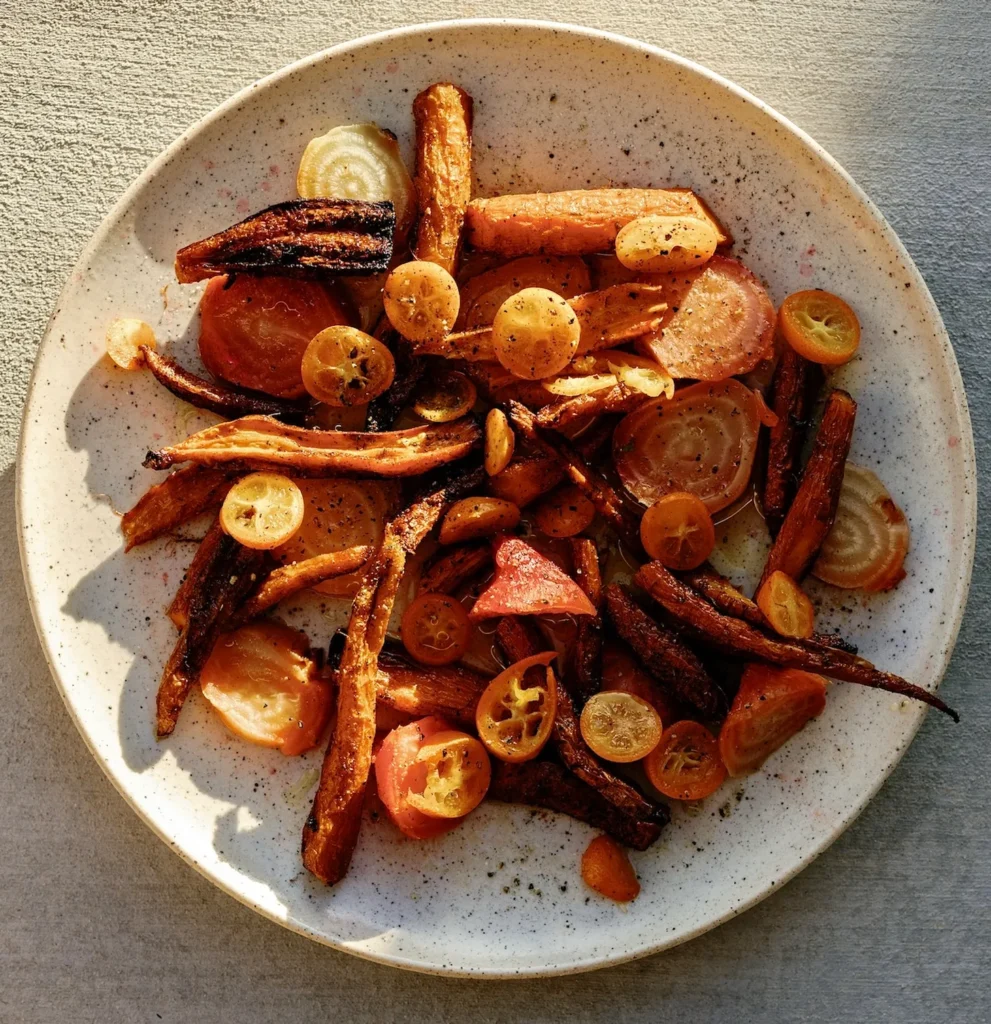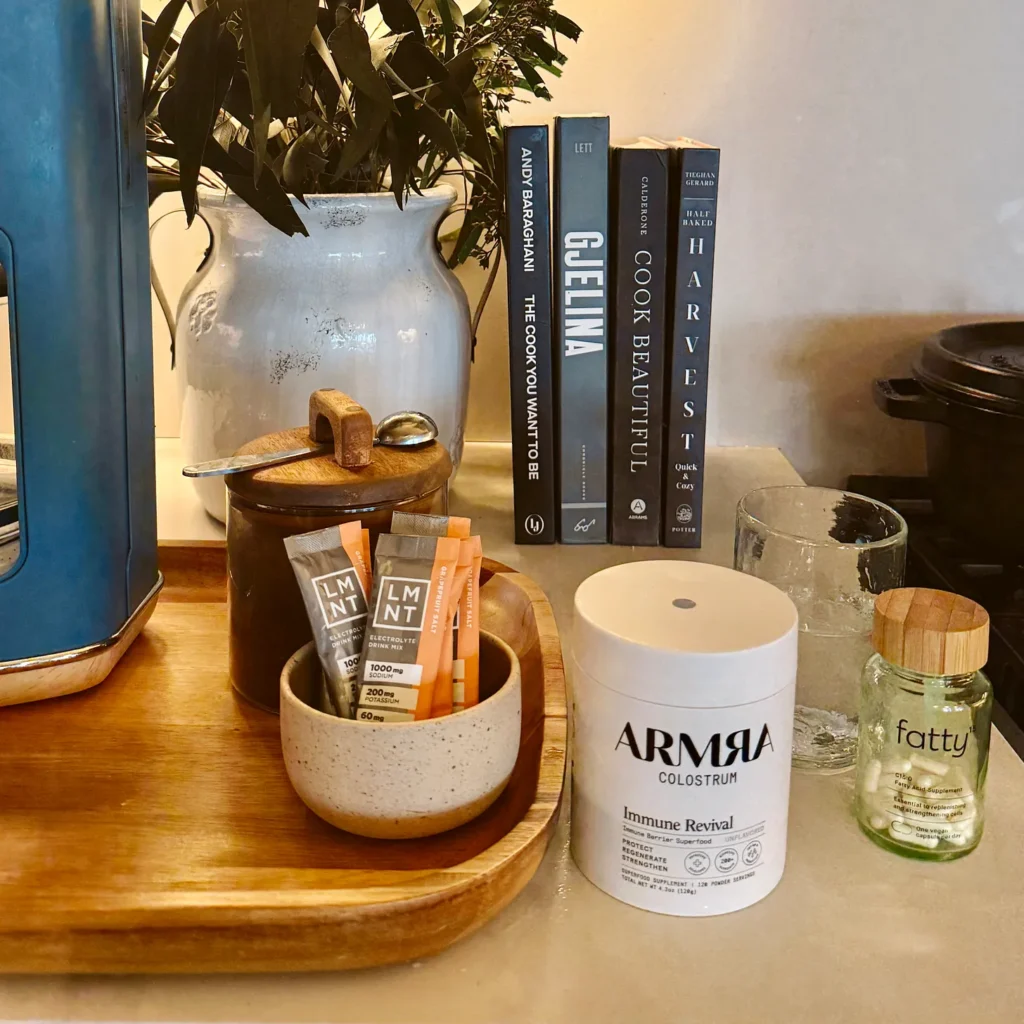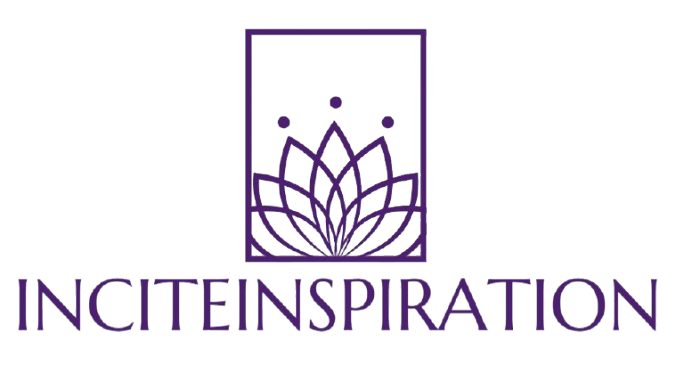By now, most of us have heard about gut health. Podcasts, Instagram reels, wellness blogs — they all seem to echo the same advice: take probiotics, cut out gluten, eat more fiber. And yet, for those of us who’ve lived through the frustration of bloating, discomfort, and endless trial-and-error, the path to a calm and happy digestive system is rarely that simple.
For years, I was stuck in that cycle. I’d swing from specialist to specialist, try the newest supplement or diet trend, and briefly think I’d cracked the code… only for the symptoms to return. But over time, and with a little more patience than I wanted to give, I’ve learned that healing a gut isn’t about finding one magic pill — it’s about changing the way you live, eat, and even think.
So if you’re navigating your own digestive drama, here are four changes that helped me finally find real relief. They might surprise you.

1. Grain-Free, But Only For a While
One of the most counterintuitive lessons I’ve learned is that health isn’t a one-size-fits-all equation. What worked brilliantly for me last year might not be what my body needs today.
When I first cut grains out of my diet, the change was nothing short of miraculous. Within 48 hours of eliminating not just wheat, but all grains — rice, corn, oats, and quinoa — the chronic bloating and discomfort that had stalked me for years disappeared. I felt light, energized, and balanced in a way I hadn’t for a decade.
But here’s the nuance: this wasn’t forever. After a few months, some symptoms crept back, and I realized my body’s needs had shifted. What the grain-free phase gave me was a window of calm, a period for my gut to rest and reset. Once the inflammation settled, I was able to reintroduce grains (hello, homemade sourdough!) and found that I could enjoy them without issue.
The takeaway? Elimination can be a powerful tool, but the goal isn’t to build a longer “no” list — it’s to listen, learn, and respond to your body in real time.

2. Supporting the Nervous System, Not Just the Stomach
If you think digestive health starts and ends in your belly, think again. One of the biggest breakthroughs in my healing journey was understanding the gut-brain connection.
Stress — whether from work, relationships, or the constant rush of modern life — can wreak havoc on digestion. I noticed that even the healthiest diet couldn’t undo the damage of a tense, overworked nervous system.
So I started focusing on the simplest, most overlooked medicine: slowing down. Short walks in nature, trading high-intensity workouts for gentler movement, breathwork, reading instead of scrolling, and carving out unscheduled pockets of time all began to shift my digestive patterns in profound ways.
Sometimes the path to healing isn’t about adding more supplements, but about subtracting stress.

3. Adding Nourishment, Not Just Cutting Things Out
For a long time, gut healing advice focused on what not to eat: avoid sugar, dairy, gluten, FODMAPs, and so on. But I learned that nourishing my gut was just as much about what I added to my plate as what I removed.
My focus turned to whole, fiber-rich foods: colorful vegetables, fruits, nuts, seeds, healthy fats from sources like salmon and olive oil, and a wide variety of plants to encourage microbial diversity.
One unexpected star of the show was colostrum — specifically, ARMRA Colostrum, a bioactive supplement packed with over 400 functional nutrients. After committing to it for two months, the changes were undeniable: fewer bloating episodes, more regular digestion, and, as a delightful side effect, better skin and hair.
Our bodies need nourishment, not just restriction. True healing is often about balance, not extremes.

4. Mindful Eating: The Overlooked Secret
We talk so much about what’s on the plate, but rarely about how we eat. As a busy parent, I became an Olympic-level speed eater, squeezing meals into tiny windows of time. What I didn’t realize is that this rushed approach was sabotaging my digestion.
The simple act of slowing down — chewing thoroughly, taking deep breaths before a meal, putting down my fork between bites, and pausing screens at the table — was enough to significantly reduce bloating and discomfort. Eating slowly activates the body’s parasympathetic nervous system, the “rest and digest” mode, allowing food to be processed with less strain.
It’s a small, everyday change, but the cumulative impact has been massive.
The Bigger Picture
If I’ve learned anything, it’s that gut health isn’t about chasing the next miracle cure. It’s a relationship, one that asks for patience, flexibility, and a willingness to adapt. What healed me wasn’t any single diet or supplement, but a mindset shift: seeing my body as an evolving system, not a broken machine.
So if you’re still searching for relief, know this: healing is possible. It’s a process of slowing down, paying attention, and tuning into the signals your body has likely been sending all along.
And sometimes, the best gift you can give your gut isn’t another trendy health hack — it’s simply your presence.

